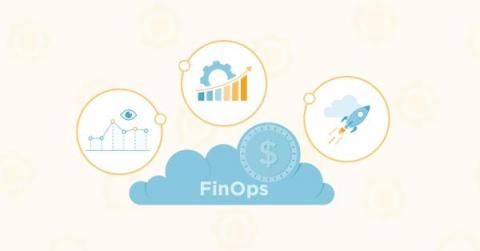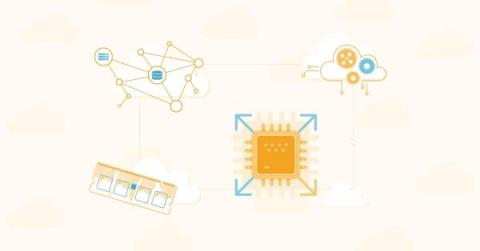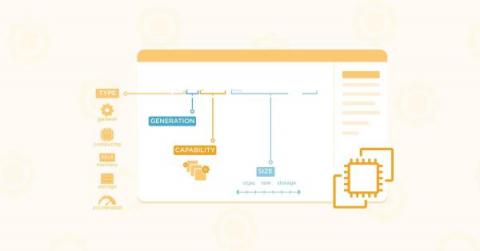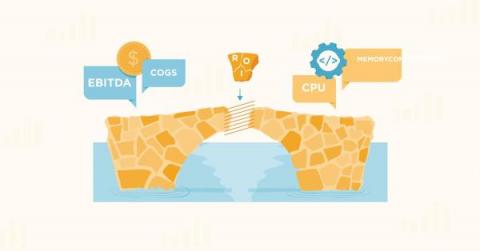FinOps Vs. The Old Way: How Cloud Cost Optimization Is Evolving
In the early days of SaaS companies, most engineering and cloud operations teams weren’t tasked with monitoring or optimizing cloud costs. In fact, it would have been unlikely for these teams to care about cloud cost optimization at all, let alone take measures to fix issues and look for opportunities. Today, SaaS companies that want to secure a competitive foothold and ensure long-term success have to care about cloud costs.











